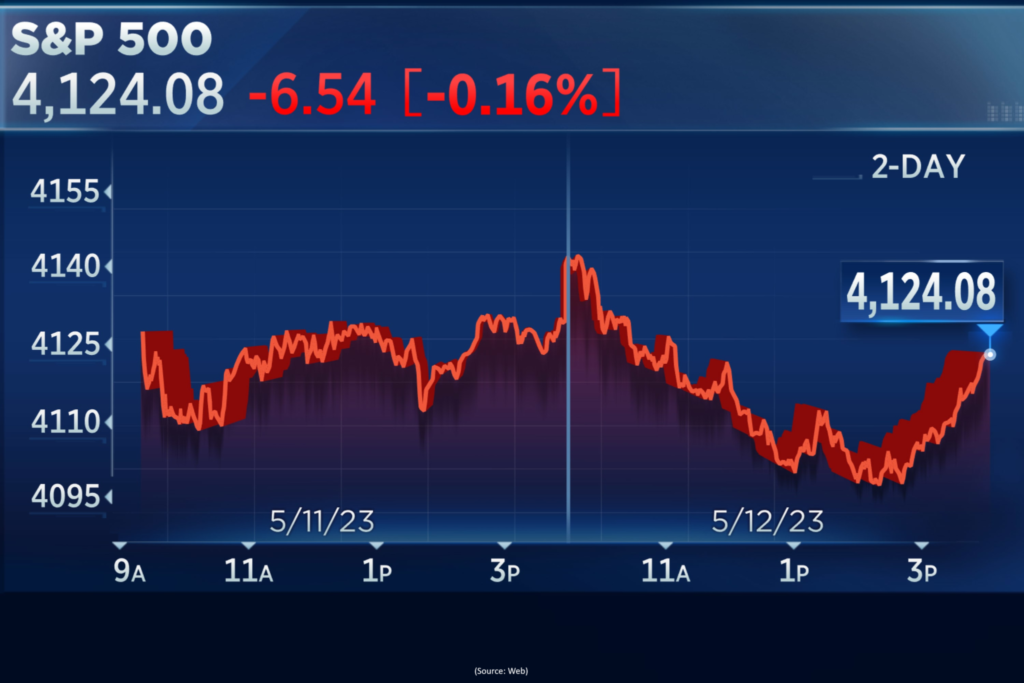
Knowing when to enter and exit a trade plays a crucial role in effective trading. Here are some strategies that help you identify the entry and exit points:
- Technical Analysis:
Technical analysis involves analyzing price charts and using various technical indicators to identify potential entry and exit points. Common technical indicators include moving averages, relative strength index (RSI), MACD, Bollinger Bands, and Fibonacci retracement levels. Look for signals such as trend reversals, breakouts, or divergence between price and indicators to identify entry and exit opportunities.
- Chart Patterns:
Chart patterns, such as head and shoulders, triangles, flags, and double tops/bottoms, can provide valuable signals for entry and exit points. Learn to recognize these patterns and understand their implications for price movements.
- Trend Analysis:
Identifying the direction of the trend can help determine the optimal time to enter and exit trades. In an uptrend, look for opportunities to buy on pullbacks or breakouts to the upside. In a downtrend, consider selling on rallies or breakdowns to the downside.
- Risk-Reward Ratio:
Before entering a trade, assess the potential risk and reward. Aim for trades with a favorable risk-reward ratio, where the potential reward outweighs the risk. Set stop-loss orders to limit potential losses and take-profit targets to secure profits.
- News and Events:
Economic releases, corporate earnings announcements, geopolitical developments, and other news events can impact market sentiment and trigger significant price movements. Stay informed about relevant news and events that may affect your trading positions and adjust your strategy accordingly.
- Backtesting and Practice:
Backtesting your trading strategy on historical data and practicing with demo accounts can help you refine your entry and exit techniques and gain confidence in your trading approach. Analyze past trades to identify strengths and weaknesses and continuously improve your trading skills.
- Emotional Discipline:
Maintain emotional discipline and avoid making impulsive decisions based on fear or greed. Stick to your trading plan and strategy, and don’t let emotions dictate your trading decisions. Trust your analysis and follow your predefined entry and exit rules.
Remember that no strategy can guarantee success in trading, and it’s essential to adapt your approach to changing market conditions. Develop a trading plan with clear entry and exit criteria, manage risk effectively, and remain disciplined in your trading approach.







